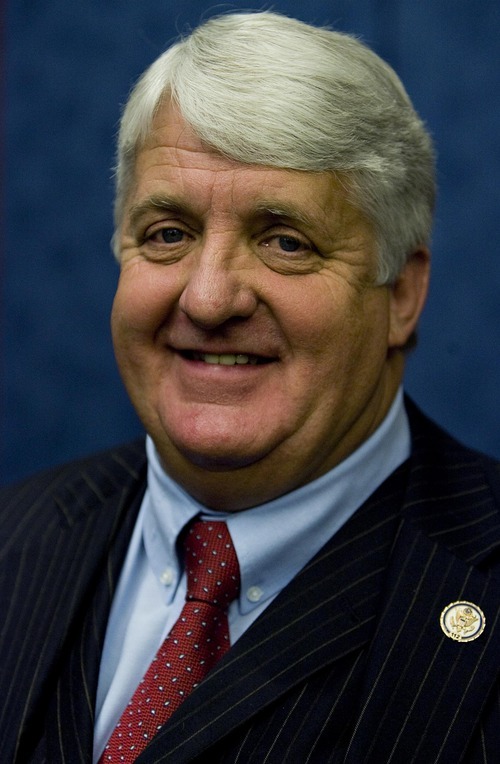This is an archived article that was published on sltrib.com in 2011, and information in the article may be outdated. It is provided only for personal research purposes and may not be reprinted.
Washington • A small troupe of highly trained dancers will soon appear before Salt Lake City schoolchildren gliding, leaping and twisting into shapes that intend to teach them about air pollution and the environment.
The program is funded by a federal grant and that causes some of Utah's elected officials to roll their eyes or, in the case of Rep. Jim Matheson, it has him scrunching his nose.
"I don't think this passes the smell test," said Matheson, a Democrat. "I question whether this is an appropriate use of federal tax dollars."
He's talking about $25,000 that the Environmental Protection Agency awarded Monday to the Repertory Dance Theatre (RDT) as part of its environmental-justice grants.
All told, the EPA handed out more than $1 million to 46 nonprofit and tribal programs. Not only did RDT get funding, so did the Utah Society of Environmental Education, which plans to use its $25,000 on a waste-recycling program in Salt Lake's Rose Park neighborhood.
But it's the RDT grant that has Matheson and Rep. Rob Bishop, R-Utah, calling for Congress to scrutinize this grant program and potentially eliminate it.
"We should see if this is indicative of what all the grants are or not," Matheson said.
Bishop tells The Salt Lake Tribune he has attended some of RDT's performances and enjoys them.
"I don't begrudge them at all, but it is not the type of thing the federal government should be doing," he said.
Those statements baffle Linda C. Smith, RDT's artistic director, who not only defended the purpose of the grant, but also the EPA from accusations that it is misusing public money.
"Goodness sake, we take federal money in this state for all kinds of projects, why not environmental education?" she said. "It doesn't make any sense to me."
Smith said her dancers performed for EPA representatives out of Denver who then encouraged them to apply for the environmental-justice grant, seeing it as a different way to make an impression on the next generation.
"I'm sure it was very unusual for them, but good for them for thinking outside the box," she said.
EPA regional spokeswoman Lisa McClain-Vanderpool defended the grant, saying it benefits disadvantaged children.
She said the dance company is "uniquely capable of providing environmental education and awareness in a multicultural and multi-lingual community."
Previously, in announcing the award, Lisa Garcia, the EPA's senior adviser for environmental justice said: "Community-based action and participation in environmental decision making are critical to building healthy and sustainable communities."
RDT's grant supports a show called "Snapshots," which is a combination of 17 dance works that bring schoolchildren on a virtual tour of a city from local businesses to bike paths. The point is to explain how pollution impacts their community.
The dance company performed the show for audiences in mid-November and plans to bring it to 10 elementary schools in Salt Lake City in the coming months.
Bishop said if Utah or Salt Lake City wanted to fund such a program, fine, but he didn't think it should come from the federal government, which is struggling to reduce its debt, pay for expanded unemployment benefits and fund its military.
"A federal government that is trying to get control of its budget has to prioritize," he said.
mcanham@sltrib.comTwitter: @mattcanham





